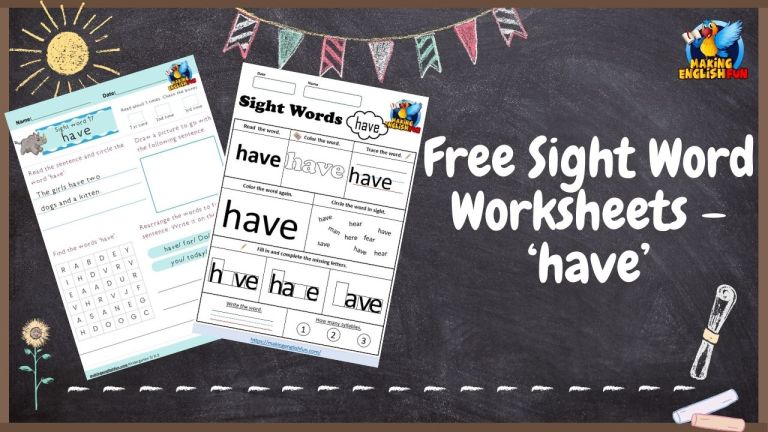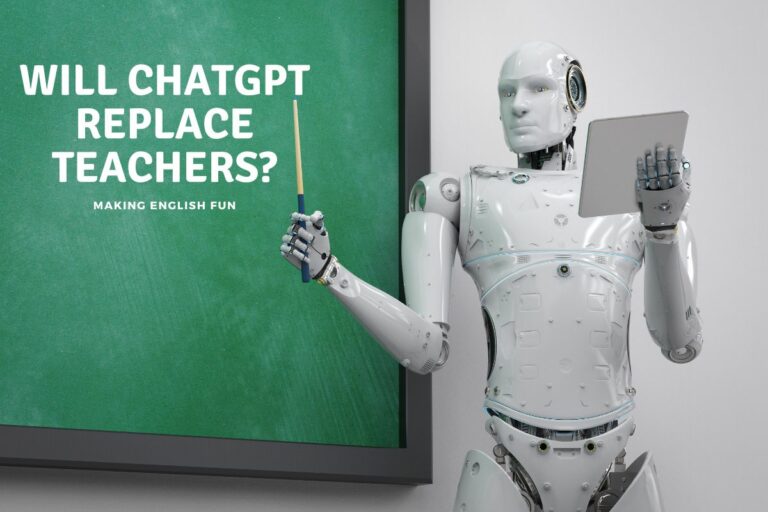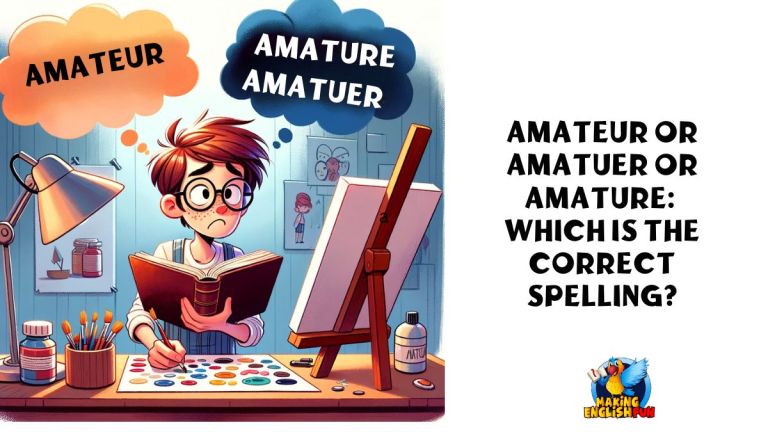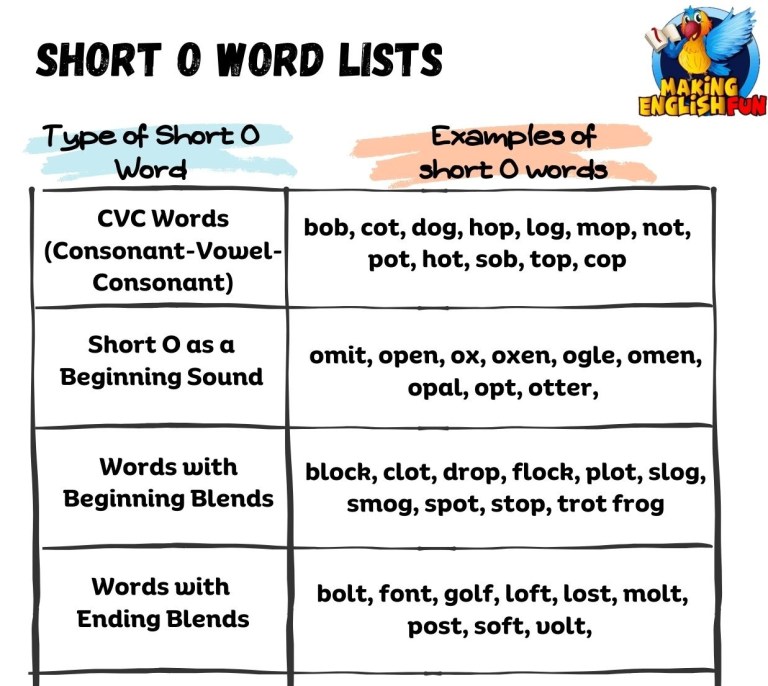
Making English Fun

Do English Teachers Actually Read Essays?
There is nearly no way to answer this question definitively as it will depend on the individual teacher. While there will always be teachers at one end of the spectrum or the other, teachers will read essays as they see fit . Most teachers do at least look over most essays.
Although the majority of teachers do read through their students work, there will be definite variation on how detailed this evaluation is. What aspects a teacher focusses on will depend on the subject, however students should aim to produce their best work and not just hope it receives a cursory glance.
What Do Professors Look for When Reading Papers?
The purpose of the essay has a lot to do with what the instructor is seeking . For instance, if the purpose is to practice a new skill, such as subject-verb agreement, the professor may be looking for improvements in sentence structure rather than content.
However, if the same teacher is seeking content such as a report on the fall of Ancient Rome or the life of Adolph Hitler and the point is your research and analyzation skills, then they may absolutely be checking for every single part of the required essay .
Does It Depend On the Subject If Teachers Read Papers
Your English or writing instructor is more likely to read all parts of an essay than others might be. The English instructor is often looking for citation style, writing skills, and research skills.
However, the psychology instructor might be more focused on content than whether or not you misplaced a comma. However, this does not mean that the psychology instructor does not care about grammar or structure and a science teacher may look for your grasp of key concepts rather than the grammar or language use.
However, even if English is not your first language, you should always make as much effort as possible. Often a percentage of grades and marks are reserved for style and presentation and language will be part of this.

What About Plagiarism?
If they aren’t reading my entire paper, can they really tell if I plagiarized? Plagiarism comes in many forms. Sometimes, papers contain more source information than analysis and interpretation. How can a teacher determine what you have learned about a topic if none of the information comes from your mind? Overuse of source material is a red flag.
Likewise, source material that is poorly paraphrased or summarized is also a red flag. In an English course, your teacher is looking for the skills you have gained. Paraphrasing is more than changing word by word. You need to use your own words, not a thesaurus. Students who use a thesaurus often choose odd words to replace other words.
I f you have no in-text citations but do have a Works Cited or Reference page, this is also a red-flag. These flags are obvious when grading . I have often sent papers back to students to ensure that they use in-text and citation pages because I need to know what statements are facts and what is analysis. I can quickly scan for parenthetical citations.
Most of these things are easy to catch just by glancing. Teachers sometimes do a quick scan before reading the paper. It’s easier just to scan and then read papers that are not off-topic or plagiarized.
Why Will Teachers Pay More Attention To Some Work More Than Others.
The key here is to remember who is reading your work. Your teacher will have likely done this hundreds of times. Where some papers may not need to be gone through with a fine tooth comb, others will have alarm bells ringing with experienced teachers.
Its not just red flags that will make a teacher take deeper looks into students work of course! When work is exceptional it will be noticed and teachers will go through it in more detail to look for examples to show the class and to hold up as good practice for other teachers!
How Do I Know If My Teacher Will Read My Essay?
The short answer is that you do not know which teachers will or will not read my essay. Since most teachers at least partially read your essay, you will want to do as good of a job on your essays as possible.
Some teachers may appear to be lax or lazy, but that does not mean that they do not have a purpose in assigning things. Often, teachers assign essays to demonstrate skills learned throughout the semester, term, or year. You, too, should want to ensure that you have learned these skills. Your next class may depend on them.

Why Should I Do a Good Job?
You might think that if teachers don’t read closely, you shouldn’t do a good job. However, many of these skills are not about learning for a classroom. Good communication and writing skills are crucial in the real world as well.
You may see poor writing skills on social media, but poorly written business documents, applications, or letters give people poor impressions . Even when applying to places like Burger King for an after-school job, you should write clearly and carefully.
Misspelled business names and poorly written explanations in applications can prevent you from getting a job. Once you seek higher-level positions (management in retail or fast food) or professional positions, the stakes get higher.
Likewise, if your teacher this year doesn’t read essays, that doesn’t mean the next one will not. If you don’t practice the skills, you will not get better at them. Next year, semester, or term, you will not be prepared to do the work expected by the next teacher.
No teacher wants to hear, “but my last teacher didn’t…” Do your best on all assignments because you are practicing skills.
Finally, you never know when a teacher will suddenly leave or take a leave of absence. If you are in the middle of the essay, you may suddenly get an instructor who is a stickler for these papers. You will need to be prepared to perform at the higher standard.
Key Features of a Great Essay
The essay is a common form of academic writing. A great essay must have an introduction, body and conclusion.
- The introduction should grab the attention of the reader with a compelling statement that links to the rest of the paper. The body paragraph should include specific information about your topic and contain at least three points that support your thesis statement.
- The first point should be related to your thesis statement while subsequent points can expand on this or present new ideas not mentioned in previous paragraphs.
- The final sentence of each paragraph should make a strong concluding point for readers who may have skimmed over some parts of the document during their reading process.
- A good conclusion will summarize everything you’ve said in previous paragraphs and offer one final thought about how what you’re saying relates
Final Thoughts
Most teachers do read the papers they assign their students. No teacher wants to go through the process of designing a detailed assignment and then just ignoring it. Many essays require a long process of writing, editing, and rewriting.
Teachers get invested in the success of their students and want to see that work pay off. If you are a high school student, these skills can help you write a spectacular college entry essay or scholarship essay. As a college student, these essays are designed to prepare you for critical thinking and researching information for yourself.
They also assist you in creating stellar application materials when you are ready to graduate . No matter what level your education is, good communication skills are vital. Do a great job and assume your teacher is reading.
Share this:
- Click to share on Twitter (Opens in new window)
- Click to share on Facebook (Opens in new window)
- Click to share on Pinterest (Opens in new window)
- Click to share on WhatsApp (Opens in new window)
- Click to email a link to a friend (Opens in new window)
Making English Fun!
I have been a teacher of English for over 15 years, in that time i made hundreds and thousands of resources and learnt so much i think its worth sharing. Hopefully to help teachers and parents around the world.
Similar Posts

FREE Dolch Sight Words Worksheets – ‘have’
The sight word “have” is crucial for young learners, serving as both a verb indicating possession and as a helper verb for constructing perfect tenses. Aimed at educators, ESL instructors, and parents, this resource includes a printable worksheet designed to aid children in mastering the sight word “have,” enhancing their grammatical skills and reading comprehension….

60+ Inspirational and Motivational Quotes on Education
At times we all need something to get us through the day, as teachers that tends to happen when the coffee machine has broken down. Try these quotes in case of such an emergency! We all need to energize ourselves from time to time, so take a moment to read these quotes from some of…


Can ChatGPT Replace Teachers?
In the several months that ChatGPT has been active, there has been a lot of talk among educators as to whether or not the platform poses a threat to the livelihood of teachers everywhere. With growing numbers of cocky students now believing that they needn’t listen to teachers as they claim to be able to…

Amateur, Amatuer, or Amature: Which is the Correct Spelling?
In English, correctly spelling words borrowed from other languages can be a challenge, especially when multiple variations seem plausible. This is particularly true for the word “Amateur,” often misspelled as “Amatuer” or “Amature.” The correct spelling is essential for accurate communication, especially in contexts discussing skill levels, hobbies, or non-professional activities. This article aims to…

100+ Chat Gpt Prompts for English Teachers
There has been a lot in the media about how ChatGPT will affect Education and the vast majority of those are tales of woe and calamity. However, we take a difference view and think just like other technologies that have come before it and most certainly will come after it, ChatGPT is just another tool…

Short O Sound Words and Lists
As teacher and parents, we often find ourselves teaching foundational skills while trying to spark a lifelong love for learning. One such foundational skill, especially in the early years of literacy, is the understanding and application of vowel sounds usually starting with short vowel sounds. Today, our focus is on the ‘short o’ sound, a…
One Comment
- Pingback: How to Write Congratulations Messages on a New Baby in English. - Making English Fun
Always welcome thoughts and comments, new blogs can be lonely!! Cancel reply
Check out our Premium Products in the shop today Dismiss
Discover more from Making English Fun
Subscribe now to keep reading and get access to the full archive.
Continue reading
You must be logged in to post a comment.
Do Teachers Read Every Word?
By dr. robert wallace.
December 1, 2022 6 min read
DR. WALLACE: Do English teachers really read every word of each essay a student writes? I have a bet with one of my fellow students about this! It seems unlikely to me that they do because there are often 25 or more students per class, and some of the essays we must turn in are quite lengthy.
I know you were previously a coach and an administrator, but maybe you were also a teacher once. What do you think is the answer to our debate? — Curious High School Student, via email
CURIOUS HIGH SCHOOL STUDENT: Your guess was correct. I in fact started out as a teacher, and an English teacher to be specific! I of course can only speak for myself, but I trust many of my fellow English teachers likely have a similar approach and style to reading and grading essays submitted by their students.
The key is practice and repetition. Any skill can be honed and advanced by lots and lots of practice and "reps." When I was grading essays, I did indeed read every word for the first 40% to 60% of the essay to assess the style, mastery of the subject matter and the logic being presented. Spelling and punctuation were scrutinized as well.
From there, the balance of the essay can be scanned quickly in a format like speed-reading, and if the remainder of the essay flows like the first 60%, then the grade can be determined and applied. But occasionally during the "scan" portion of an essay, something will jump out. It could be an interesting transition, a change in direction or logic or something else that triggers a return to word-by-word scrutiny! And in each of the papers I had this experience, I did indeed read each word more slowly to be sure to grasp and comprehend the concept and thoughts being presented by the student.
My feeling has always been that most students put a lot of time and effort into writing their essays, and they always deserve to be graded with careful scrutiny. It's just that some essays are easier to grade than others — and interestingly in my experience there was no definitive trend or correlation to the grades achieved by those that needed more careful reading. They were basically evenly split between those that stood out positively and those that ultimately revealed disjointed thoughts, arguments or logic.
The lesson you might take from my answer is to always be sure to put your strongest points and applications of your logic in the first one-third to the first half of your essay. Then be consistent in using good reasoning and congruent statements and examples in the back half of an essay to further the thesis laid out and points made in the first half.
MY EYES WANT TO ROLL AT THIS QUESTION
DR. WALLACE: I get the same tired and awkward question numerous times, especially over the holidays: "Where is your boyfriend?"
I'm a 21-year-old straight female, and I don't have a boyfriend. I'm healthy, I have a good job and several great friends I hang out with regularly. To be honest, although I date a bit here and there, I don't know why I have a boyfriend right now. However, I do know that I am beyond tired of answering this question for every relative and family friend that wanders into a holiday "get together" at my parents' house.
Do you have a quick and snappy reply that I can have rehearsed to give them as an answer to their overbearing questions? I had a few nice boyfriends years ago in high school, but those relationships never bloomed any further. — So Tired of the Same Question, via email
SO TIRED OF THE SAME QUESTION: How about, "I thought you told me you were giving him a ride here tonight! Don't tell me you left him standing in the driveway when you drove off!"
Or you could say, "He's out there right now clearing his social schedule so that he can meet me soon, since I'm the woman of his dreams!"
In any case, I feel from your letter that you'd like to be a bit sassy or at least playful in your reply. But be careful not to sound like you're snapping back at the question, as you likely don't want to show that it bothers you at all. So, make any reply in a light tone of voice with a smile on your face. This approach will disarm even the most probing questioners. And at any point always feel free to say that even though you have a few candidates that you're interviewing, you'd be open to reviewing a few new resumes should they know of anyone who's potentially suitable.
I feel you have the right attitude. You're currently happy, focused on your good job and friends and when the time is right, your social life will likely change for the better. Good things usually come to those who are selective and don't force things.
Dr. Robert Wallace welcomes questions from readers. Although he is unable to reply to all of them individually, he will answer as many as possible in this column. Email him at [email protected] . To find out more about Dr. Robert Wallace and read features by other Creators Syndicate writers and cartoonists, visit the Creators Syndicate website at www.creators.com.
Photo credit: sweetlouise at Pixabay
Like it? Share it!

About Dr. Robert Wallace
Read more | rss | subscribe.
View Comments
YOU MAY ALSO LIKE...

Classic Ann Landers

Classic Annie's Mailbox

Single File®

Have You Read
A daily advice column that harkens back to anne landers' signature style. writer and mother annie lane writes in a voice that's sympathetic, funny and firm, offering common-sense solutions to life's dilemmas., contact dr. robert wallace.
Designed and developed by New & Co.
Creators Syndicate, Inc. © 2024

IMAGES